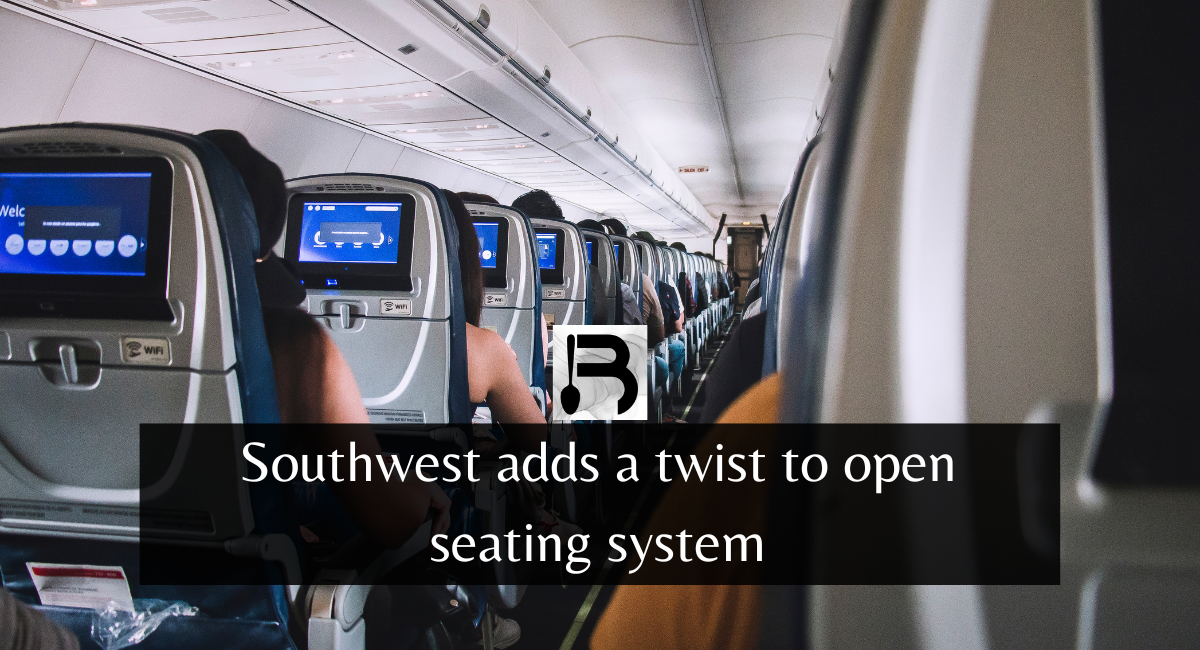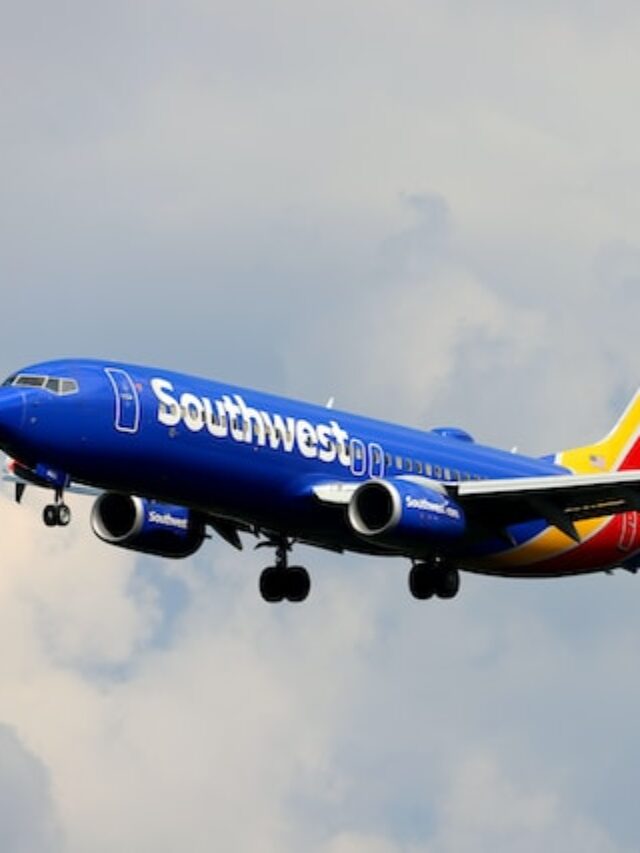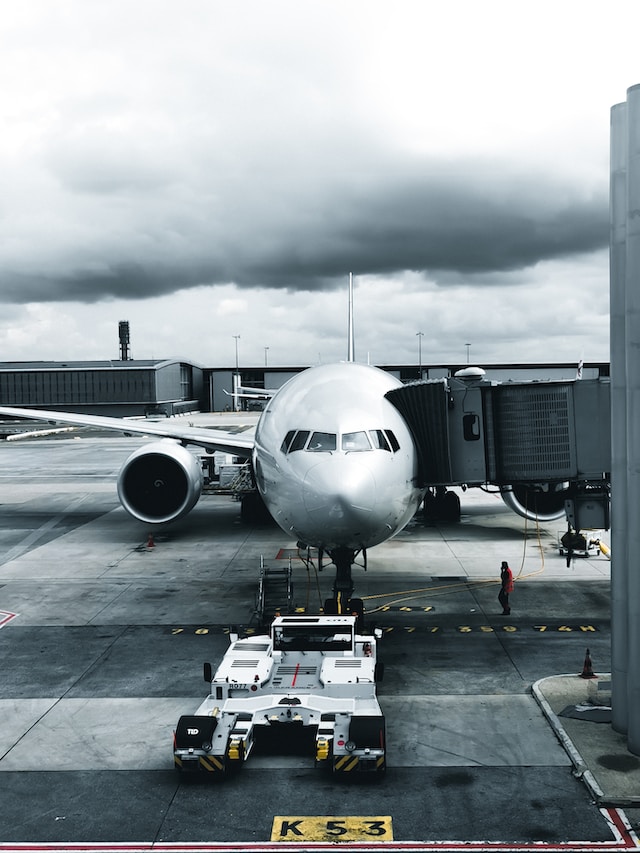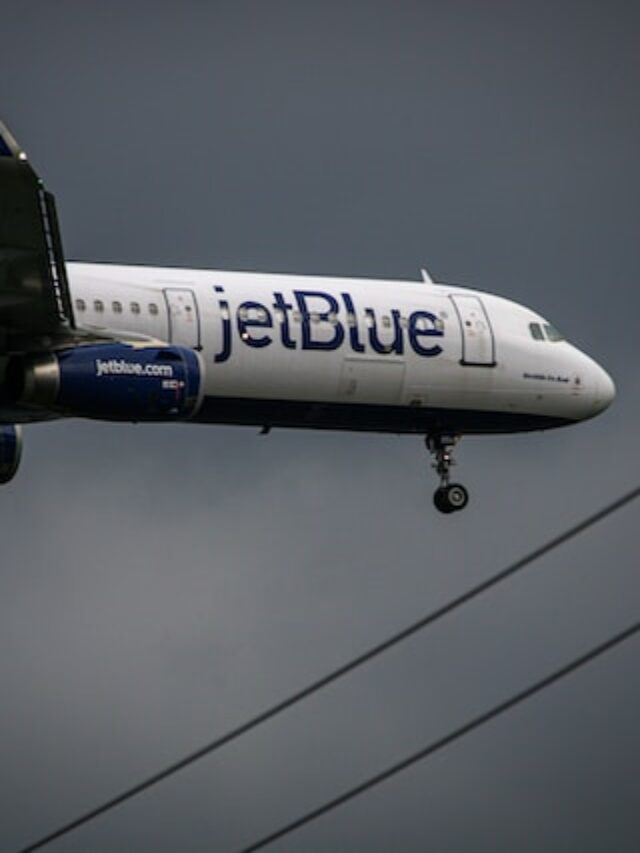Southwest Airlines Co. is sticking with its uncommon policy of allowing passengers to choose their seats rather than being allocated one. Southwest announced on Wednesday that its 36-year-old “open-seating” strategy is speedier and more popular with consumers.
Southwest Airlines Co. is sticking with its uncommon policy of allowing passengers to choose their seats rather than being allocated one.
Southwest announced on Wednesday that its 36-year-old “open-seating” strategy is speedier and more popular with consumers.
Related Post >>>>>
Southwest Offers 8 Flights to See the Total Solar Eclipse
However, the airline will tweak the current approach in early November by issuing a number to each customer within its three boarding groups. While this does not guarantee them a seat, it does influence the order in which they can board the plane to find one.
Another change is that Southwest will no longer board families with young children first. Families will board after the first 60 passengers unless they hold a coveted “A” boarding permit, commencing Oct. 2.
According to CEO Gary Kelly, it was not fair for families who arrived shortly before takeoff to get ahead of other passengers who were already in line.
Southwest has engaged in a Hamlet-like discussion about its boarding procedure for several years. Kelly stated that the airline was considering switching to assigned seats until it conducted a poll and discovered that just approximately 30% of consumers supported the shift.
He claimed that even for those who desired assigned seats, it didn’t matter which airline they preferred.
Southwest also contemplated a hybrid method, allowing consumers to pay extra for an assigned seat, but Kelly decided it would be too cumbersome.
Know more >>>
Airlines That Charge the Most Hidden Fees
It compromised on a lesser adjustment. In addition to the traditional A, B, or C, passes will carry a number. Even if passenger B-16 ran over from the food court just as boarding began, passenger B-16 would board ahead of passenger B-35.
A late-arriving tourist would have to take the “B” line all the way to the finish.
According to Executive Vice President Bob Jordan, customers wait an average of 45 to 60 minutes at the gate to avoid the rear of the line.
Southwest operates 3,300 flights every day and transports the most domestic passengers of any airline (96.3 million last year), so any modification in seating rules would be logistically difficult. Passengers have long been divided on this issue.
Early arrivals at the gate — or, more recently, those who check in 24 hours in advance on the Internet – believed they had earned a “A” boarding permit that promised a window or aisle seat. The “B” passengers are unlikely to receive an aisle seat, but they may be able to find a pleasant-looking person to sit next to.
On the other hand, those stranded in the “C” line had to rearrange the contents of the overhead bin to make room for their carryon bag before squeezing into a middle seat. Many people wrote to Southwest to protest about open seating, which they called a “undignified cattle call.”
Southwest tested reserved seats on approximately 200 flights from San Diego last autumn, then repeated the trial in San Antonio this month. It polled San Diego travelers as well as other frequent fliers.
Kelly stated that the verdict was unequivocal. “Customers like choosing their seats,” that’s what he said.
Southwest also discovered that assigned seating did not speed up the boarding process — in fact, it took one to four minutes longer — and that rejecting it was simple, according to Kelly.
Check below slides to know how airlines jetblue american changing seating
The Dallas-based carrier has steadfastly maintained much of its 1970s beginnings.
Southwest stopped outfitting its flight attendants in hot pants — and referring to them as stewardesses — many years ago, but it continued to use reusable plastic boarding passes long after other airlines did. After 9-11, Southwest was forced to make a change for security concerns.
Southwest has invested millions of dollars in recent years on technologies that would have made it easier to terminate open seating. According to Jordan, the company then spent “a couple million” trying assigned seating.
As a result, Wednesday’s decision to maintain the status quo was unexpected.
Read More: Homemade Coffee Drinks That Taste Like You Got Them From a Cafe




